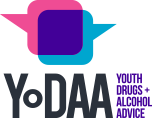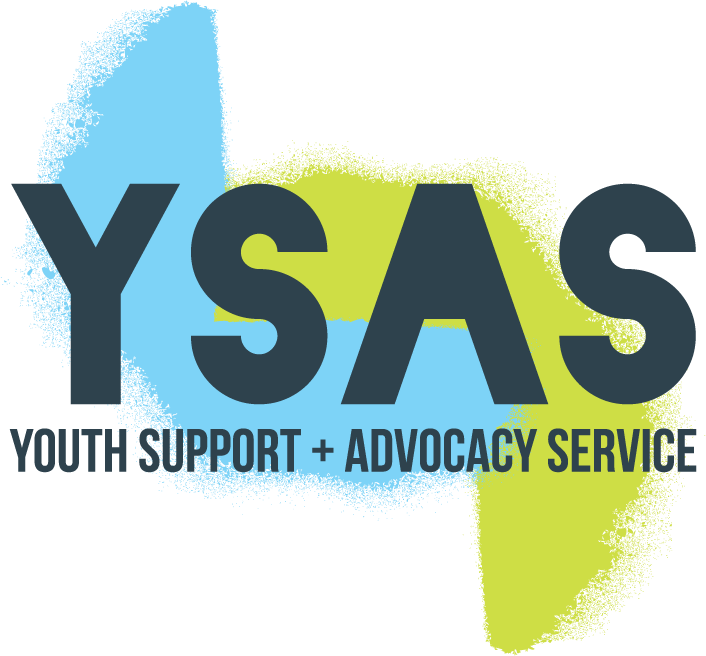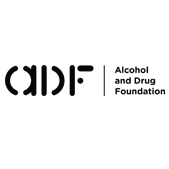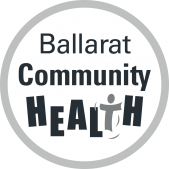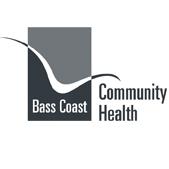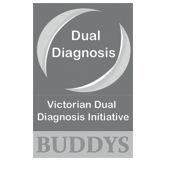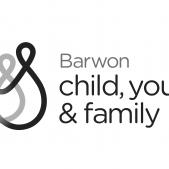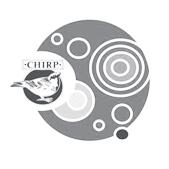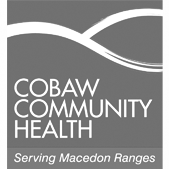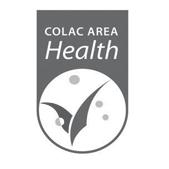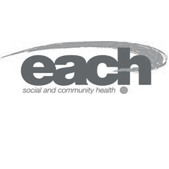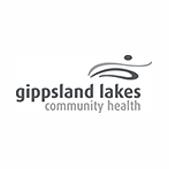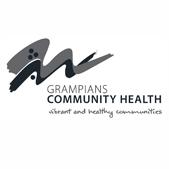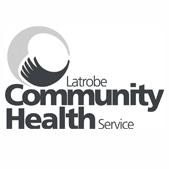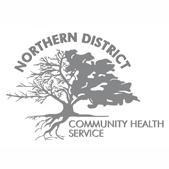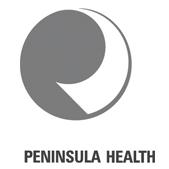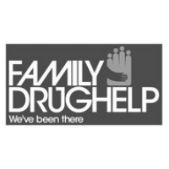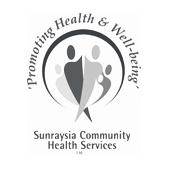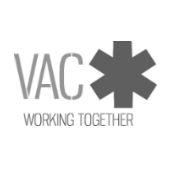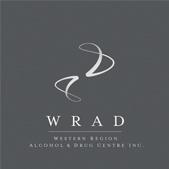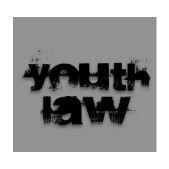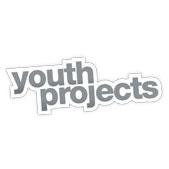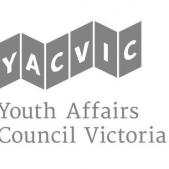Helpful Articles
Different patterns of using drugs
There is almost as many different patterns of drug and alcohol use as there are drugs. This article explains some of the common patterns of use.
There is huge variation in the ways young people use drugs.
- Lots of young people experiment with alcohol and/or other drugs at some point in their adolescence.
- Many of young people will go on to use drugs recreationally. Recreational use is generally a social pattern of drug use, for example, drinking at parties or taking an ecstasy pill at a music festival or night clubbing.
- Situational use is where a drug may be used only in specific situations. For example, using speed heavily to stay awake during exam preparation, or drinking heavily to get through an emotional time of the year.
- Intensive use is where drugs are used regularly and heavily.
- Dependent use is when you feel like you don’t have much choice in having to use – if you don’t use you start to feel worse or anxious. Lots of young people describe this as feeling like the need to use drugs controls them rather than them having control of their drug use.
There’s some important things to know about patterns of drug use. First, they are not pathways – people don’t neccessarily go from one type of use to the next in a neat order. Second, a person can have different patterns depending on the drug. For instance, someone might use alcohol situationally when they are with a particular group of friends, recreationally use amphetamine at dance parties, and be dependent on cannabis.
The third thing to know is that no matter what pattern of use, there can always be risks and also ways of reducing the risks of harm associated with your drug use.
